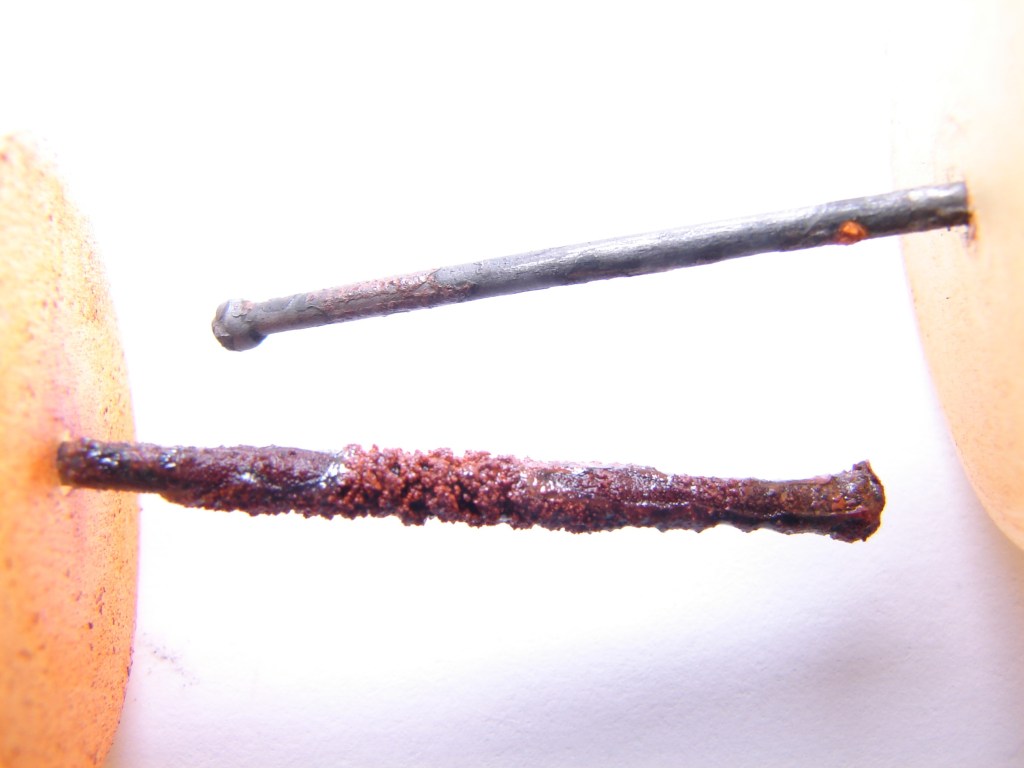This Image Shows What Happened to Flint's Water

By:
The levels of lead in Flint's water supply are now slightly below the federal limit, Michigan's environmental department announced Tuesday. That comes more than a year after a team of researchers from Virginia Tech investigated and helped expose the fact that high levels of iron corrosion in the Flint River — depicted in photos that went viral — had left residents with contaminated water.
 Wikimedia - wikimedia.org
Wikimedia - wikimedia.org
The state failed to add corrosion-reducing phosphates to the Flint River after it started using it as a source in 2014. Iron pipes then rapidly corroded, causing dangerous levels of copper and lead to enter the water supply. Using water samples from both rivers, researchers conducted an experiment in 2015 demonstrating how iron degraded in the river over the course of one month, and compared it it to iron left in the Detroit River, Flint's previous source of water.
Here's an image from the experiment, which rose to the top of Reddit on Tuesday.
 Flint Water Study - flintwaterstudy.org
Flint Water Study - flintwaterstudy.org
The iron nail at the top was exposed to Detroit River water for a month; the bottom nail was exposed to Flint's water supply. The study determined that iron corroded nearly nine times as fast in Flint due to a lack of corrosion-reducing phosphate treatment — an issue the state has since corrected.
The state switched the city's water supply to the Flint River in 2014 as a cost-saving method, but it neglected to treat the water with phosphates as required by federal environmental regulators. Toxic contaminants leached from corroded pipes into household water supplies, causing residents to suffer health complications such as hair loss and skin rashes. State officials initially denied the water was contaminated before mounting criticism led to federal investigations in 2016.
The results of the latest six-month monitoring period looking at the Flint water supply found lead levels fell below 15 parts per billion (ppb), the maximum amount of lead acceptable under federal law. It is currently at 12 ppb, compared to 20 ppb during the last six-month monitoring period, the Michigan Department of Environmental Quality (MDEQ) announced in a press release Tuesday.
"This is good news and the result of many partners on the local, county, state, and federal levels working together to restore the water quality in the City of Flint," MDEQ director Heidi Grether said. "The Flint water system is one of the most monitored systems in the country for lead and copper, and we remain committed to continuing work in Flint as the city recovers."
That said, Flint residents are still being encouraged to use filtered water "for drinking and cooking for everyone in their household" as the state continues to replace corroded pipes, which could cause lead to leach out and affect individual homes, according to MDEQ.
